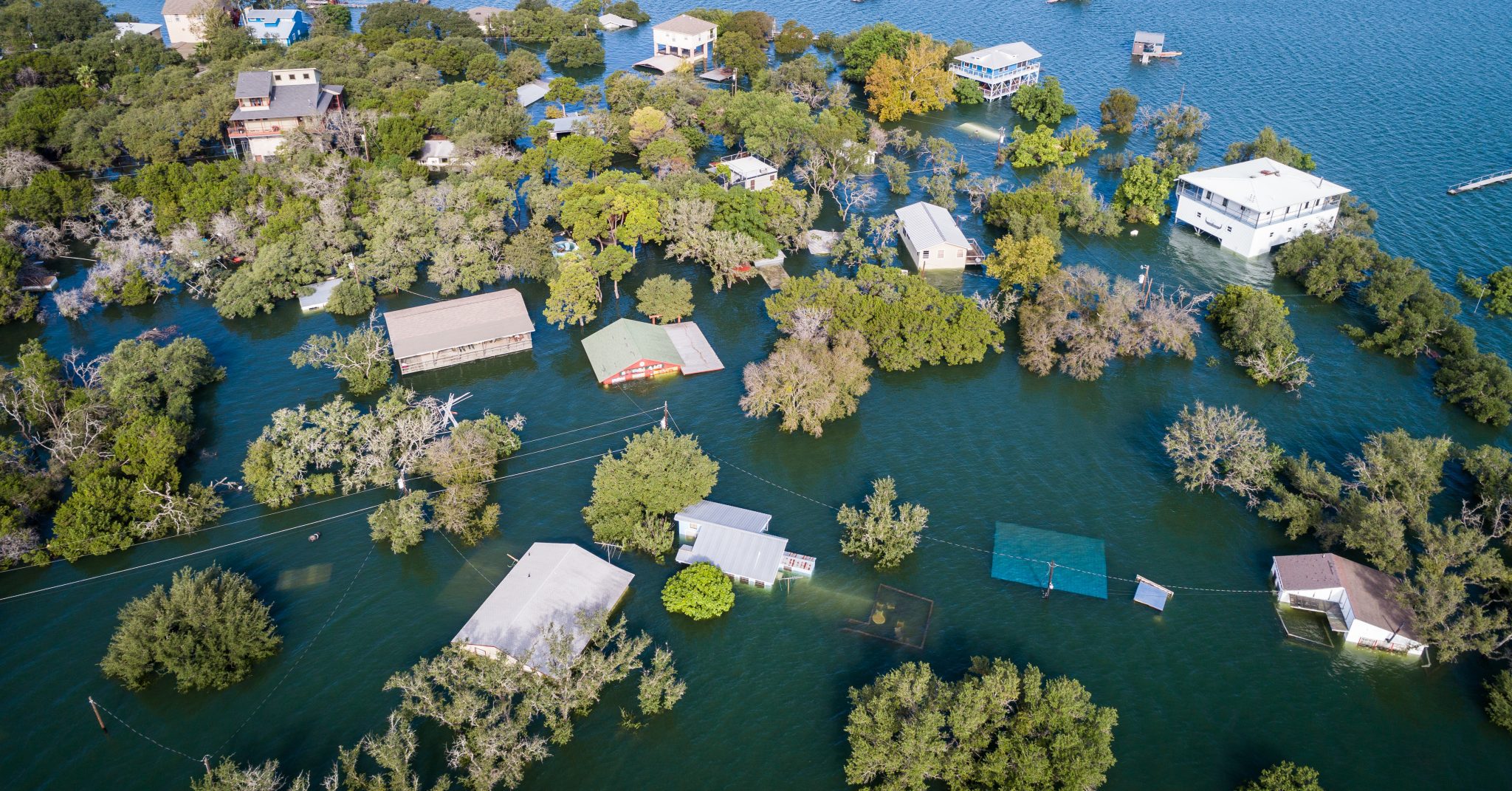Fish & Water

AUBURN UNIVERSITY, Ala. – The Earth changes every day. Along with these natural shifts are natural disasters, sending coastal communities into defense mode. Preparation and reflection are the secrets to disaster response, and it all starts with a plan. An Alabama Cooperative Extension System outreach administrator is helping municipalities to move from reaction to preparedness.
Preparing for the Worst
Jody Thompson, an aquatic resources outreach administrator for Alabama Extension, works one-on-one with vulnerable communities in south Alabama counties to prepare for threats such as hurricanes, floods, sea level rise and stormwater concerns.
“It’s not only tropical systems that affect coastal communities,” Thompson said. “Rainy seasons and spring flooding is becoming heavier and more frequent. It has become very taxing on municipalities, especially small ones without the proper infrastructure and resources to effectively respond to these events.”
By using a suite of tools, Thompson provides information to cities and towns in need of guidance. These critical resources identify areas that a municipality is performing well and also where there can be improvements.
Community Resilience Index
One self-assessment tool for disaster response is the Coastal Resilience Index (CRI). This free document is a product of the Gulf of Mexico Alliance, a coalition of governors of the five gulf states (Alabama, Louisiana, Florida, Mississippi and Texas).
By perennially using the index, community leaders can assess available resources, local technical assistance providers, businesses and other working relationships. This practice locates weak areas–such as funding–so responses can begin quicker and become more efficient.
Thompson also served in a coordinator role in distributing this resource to communities and training other facilitators throughout the gulf states.
“The beauty of the index is it pulls together existing plans that community leaders have off the shelves and onto desks,” Thompson said. “A third-party facilitator–Alabama Extension in some cases–can pull parties together and get on the same page for response planning.”
How the Index Works
The primary goal of the CRI is to give every community the opportunity to become more resilient to disasters. To get the ball rolling, the index asks community leaders to consider two scenarios. These events could be record storms or potentially worse future storms. Each scenario can be completed based on historical data and realistic measurements of wind speed, rainfall, duration, etc.
After scenarios are built and completed, a standard of six key indicators are used for a preliminary assessment of disaster resilience. These topics include the following:
- Critical infrastructure and facilities
- Transportation issues
- Community plans and agreements
- Mitigation measures
- Business plans
- Social systems
Based on the number of marks in each indicator’s checklist, a community can determine a resilience index score. Thompson emphasizes that the score is the least of the benefits of an index exercise.
“The index engages the participants in active conversations, taking individual municipal departments out of stovepipes and reminds them of their shared common value: to plan and protect their community,” Thompson said. “The conversation and brainstorming that take place are far more productive than the numbers on the page.”
Index Success
Thompson recalls a success story from 2017 in the city of Fairhope within Baldwin County. Like many coastal cities, Fairhope owns a public marina. The facility was experiencing stormwater issues that threatened the safety of the area and water quality.
By utilizing the CRI, Fairhope was able to locate funding for technical assistance in renovating the marina. The city saved more than $4,500 in production costs to develop a plan for a clean and resilient facility. More than 75% of the cost to install a sewage pump out station was also awarded by the Clean Vessel Act, benefitting local waters.
As another CRI result, city leaders and a privately owned local marina formed a financial partnership. The duo collaboratively funded the dredging of Fly Creek on the east side of Mobile Bay, saving more than $250,000 in real costs and assisting with local hydrology.
Don’t Wait for Disaster
Thompson said municipalities should not wait for disaster to strike to see what challenges may arise. Proper reflection and gathering multiple perspectives at the planning table will allow for future resilience.
The CRI does not only have to be used for coastal communities. The document can be adapted to fit the needs of tornado, wildfire or other disaster events. Each community is suggested to update their index every year, especially after an event has occurred.
To learn more about water quality and natural disaster response resources, visit www.aces.edu or Alabama Extension’s Emergency Handbook: Preparation and Recovery. For more inquiry about the CRI, reach out to Thompson at thomp13@aces.edu.

